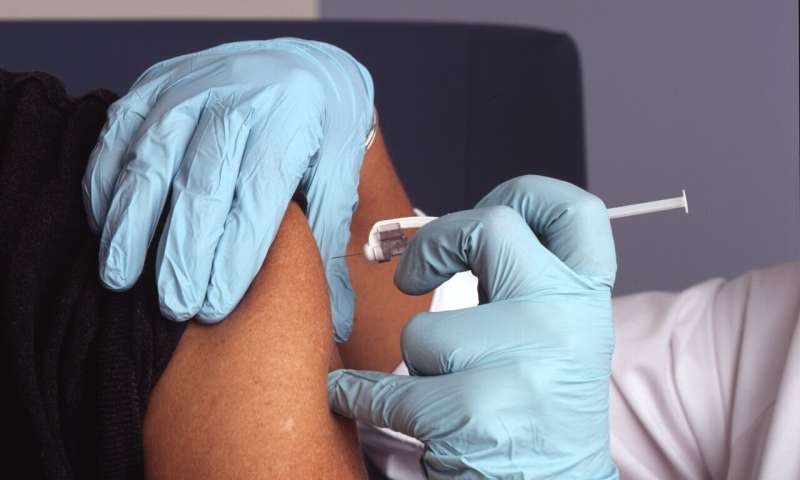Research Links Environmental Chemicals to Changes in Genital Development in Young Children

New research indicates that exposure to phthalates may affect genital development in children, potentially impacting reproductive health later in life. This study highlights the importance of reducing exposure to these common endocrine-disrupting chemicals.
Recent research presented at the joint congress of the European Society of Pediatric Endocrinology and the European Society of Endocrinology has revealed that exposure to certain environmental chemicals, specifically phthalates, may influence genital measurements in young children. The study focused on three-year-olds and found that those whose mothers had high levels of phthalates in their urine tended to have a shorter anogenital distance, a key marker of reproductive health. Notably, this association was particularly evident in boys, where maternal phthalate levels correlated with shorter anogenital distances. In girls, individual exposure to phthalates was linked to similar genital alterations, with higher exposure corresponding to more significant changes.
Phthalates are widespread chemicals used as plasticizers in a variety of consumer products, including household cleaners, food packaging, toys, cosmetics, and personal care items. These endocrine-disrupting chemicals can interfere with hormone functions and potentially disrupt healthy sexual development. Past studies have linked prenatal exposure to phthalates with genital defects and fertility issues in males, making this recent discovery especially concerning.
In this study, researchers collected urine samples and measured anogenital distances from 188 children at multiple stages—birth, 3 months, 6 months, and 3 years—and from their mothers post-birth and at the child's age of three. Analysis revealed that all eight major phthalate metabolites were detectable in every sample, with levels increasing over time. Most participants exceeded the threshold levels associated with potential health risks. The findings emphasize that both prenatal and early childhood exposure to these chemicals can have lasting impacts on genital development.
Lead researcher Dr. Laura Lucaccioni highlighted the public health implications, noting that the high exposure levels to less regulated phthalates pose a significant risk. She advocates for preventive measures to reduce daily exposure, especially in vulnerable groups like children. The study underscores the importance of scrutinizing the safety of everyday consumer products containing phthalates, such as toys, cosmetics, and soaps. Although larger studies are needed, these results suggest that minimizing exposure could be crucial for safeguarding reproductive health and development in future generations.
Researchers intend to extend their monitoring efforts to understand how prolonged exposure affects puberty and long-term fertility, emphasizing the need for policies to limit phthalate exposure from common household sources.
Stay Updated with Mia's Feed
Get the latest health & wellness insights delivered straight to your inbox.
Related Articles
New Study Confirms Effectiveness of Updated COVID-19 Vaccines in Preventing Severe Illness and Death
New research confirms that the 2023–2024 updated COVID-19 vaccines significantly reduce severe illness, hospitalization, and death, especially among high-risk adults, highlighting the importance of booster doses amid virus evolution.
Promising Results of Olorofim Phase IIb Trial for Difficult-to-Treat Invasive Fungal Infections
Olorofim shows promising results in treating hard-to-treat invasive fungal infections, demonstrating efficacy and safety in a Phase IIb trial involving patients with limited treatment options.
Targeting the Enzyme Responsible for High Cholesterol Opens New Avenues for Inflammatory Disease Treatment
Scientists have discovered that inhibiting the enzyme IDO1 can restore cholesterol processing in immune cells, opening new pathways for treating inflammation-related diseases like heart disease and cancer.
Revolutionary Brain Wave Discovery Challenges Traditional Views of Electroconvulsive Therapy (ECT)
New research from the University of Pennsylvania uncovers that beyond seizure induction, ECT triggers cortical spreading depolarization, offering a 'hard reset' for the brain and opening pathways for more personalized and effective treatment approaches.



